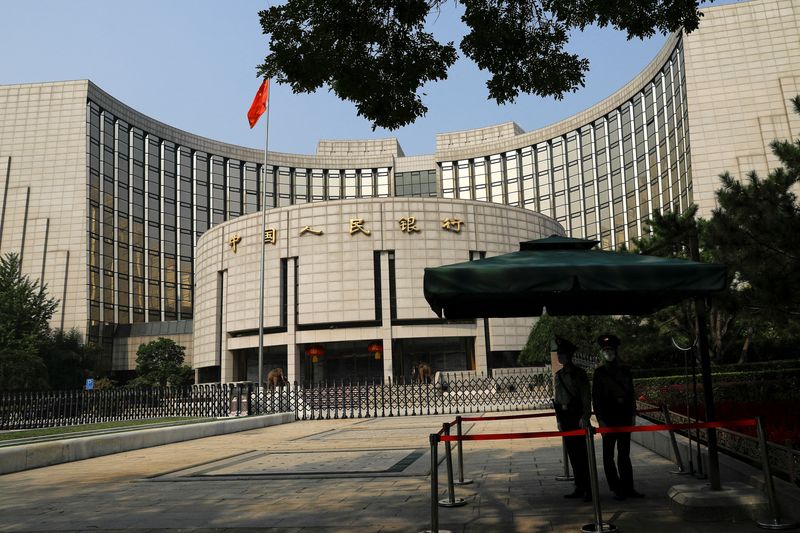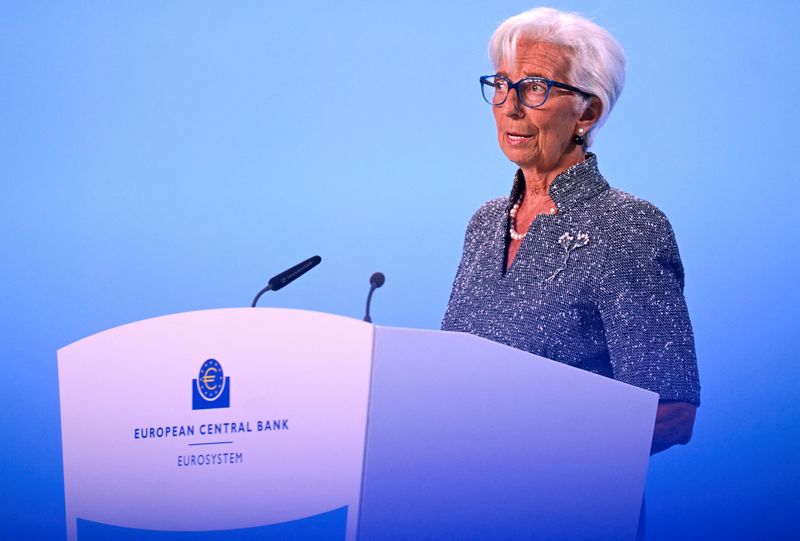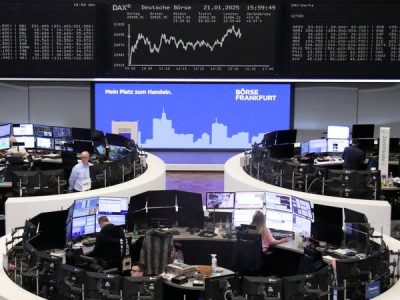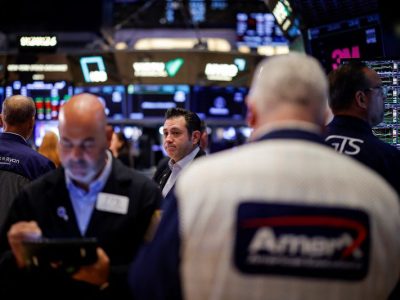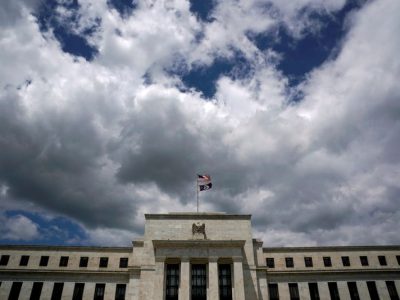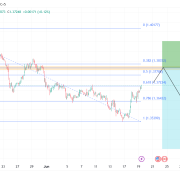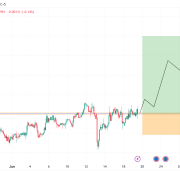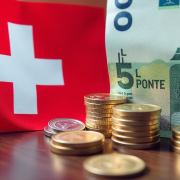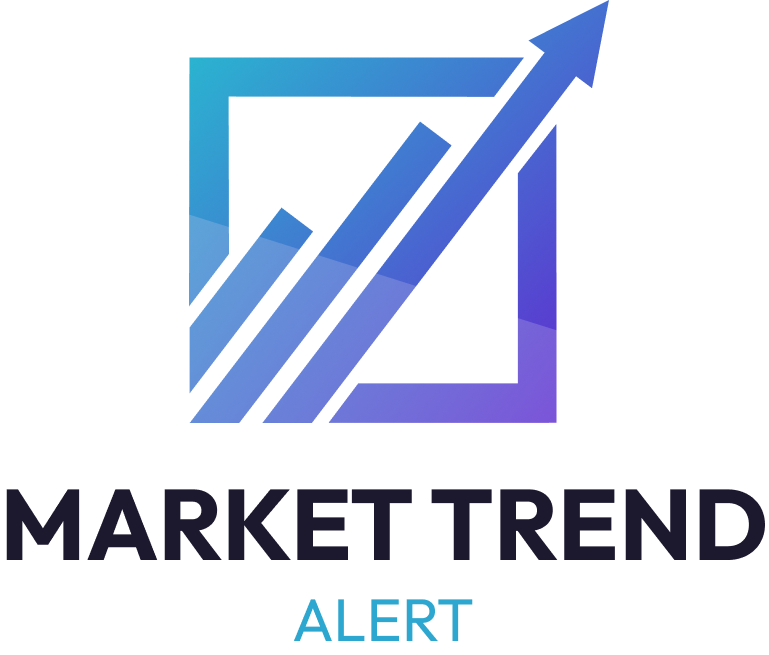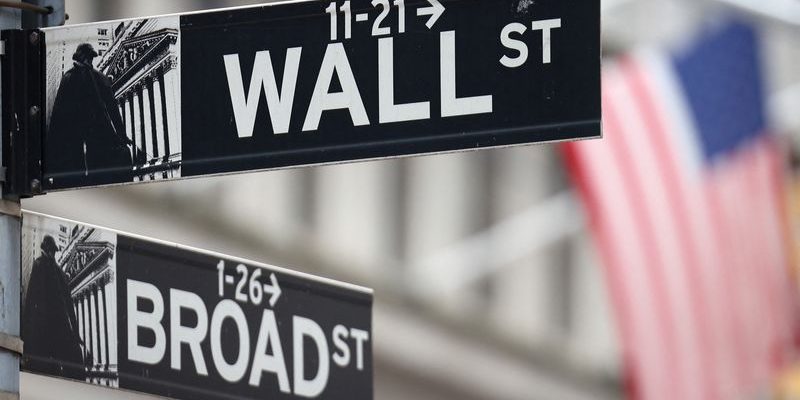
By Nell Mackenzie
LONDON (Reuters) – Global hedge funds taking long and short bets on stocks last year sported their highest average returns since 2020, Goldman Sachs said in a note, attributing the result to steady returns amid volatile markets.
These hedge funds’ total weighted average return came in at 12.75% for 2024, Goldman Sachs said in a private note to clients on Thursday that was seen by Reuters Friday.
Fundamental equity managers’ weighted average in 2020 was 22.53%, according to a Goldman note from December 2022.
This year’s returns did not beat benchmark stock indices such as the S&P 500, which surged over 20% in 2024 and notched up a two-year jump of around 53% in the strongest back-to-back annual performance since 1998.
Fundamental equities hedge funds, however, take long and short positions, betting that some stocks might rise and some might fall. A short position expects an asset to decline in value.
In 2024, being both short and long sometimes cost portfolios. On average, hedge funds’ short ideas trended downwards in performance from July, data in the Goldman note showed.
As one of the world’s biggest prime brokerages, Goldman is able to track trends in equities flows and performances. Prime brokers provide services to hedge funds, such as leverage and trading.
Systematic funds, trading stocks with the help of algorithms and preferring market signals as trading prompts, rather than company fundamentals, posted a roughly 20% return for the year, their best since 2022, said the first note.
“It could be argued that 2024 was the year of the stock picker, with equity hedge funds playing dispersion well and really leaning into creative shorting strategies and a careful use of leverage to drive returns,” said Jon Caplis, CEO of hedge fund research firm PivotalPath.
These global hedge funds ended 2024 with higher leverage levels; 190% gross and 56% net, said Goldman Sachs. Gross leverage includes initial investor money and trading positions, the net shows the difference between long and short trades.
These rose from 2023, which finished with 178% gross and 50% net leverage levels, said the Goldman note from 2022.


